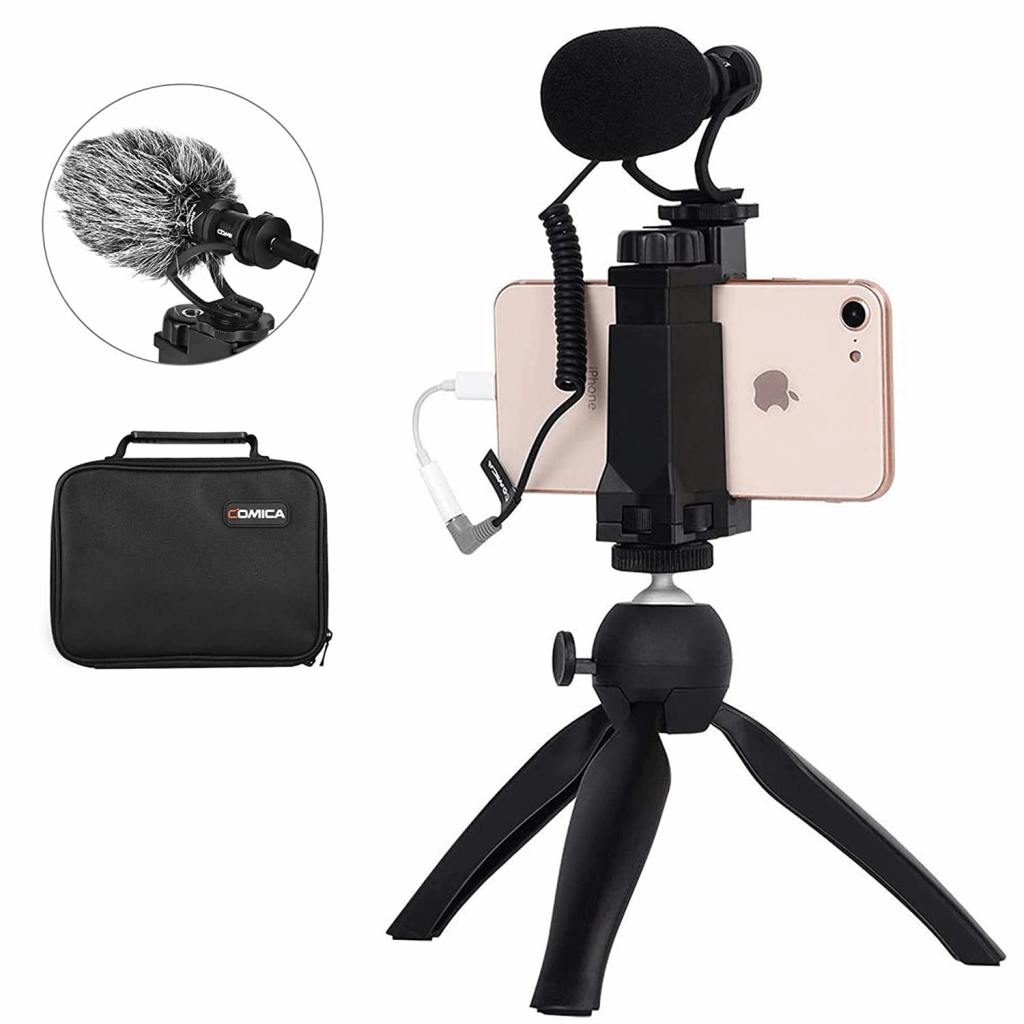
Live streaming is an essential tool for content creators, influencers, and businesses. It allows them to connect with their audience in real time, answer questions, and showcase products or services. One of the key components of successful live streaming is having a stable camera setup. This is where vlogging tripods come into play. A vlogging tripod is a portable stand designed specifically for vloggers or content creators who need to keep their cameras stable while filming themselves. It can also be used for live-streaming events or interviews where stability is crucial.
- Choose the right tripod- A variety of tripods are available, ranging from lightweight travel tripods to heavy-duty tripods used by professionals. You should choose one that fits your needs based on its weight capacity, height range, and compatibility with your camera.
- Set up your camera correctly- Ensure that your camera is mounted securely onto the tripod head and that it’s leveled correctly before filming or streaming. Most tripods come with bubble levels or spirit levels that help you achieve perfect alignment.
- Find the perfect height- Finding the perfect height is crucial when using a vlogging tripod for live streaming as it affects how you appear on-camera visually. Positioning yourself at eye level helps create an engaging connection with your audience rather than looking down at them from above or up at them from below.
- Use smooth panning movements- Panning refers to moving the camera horizontally while keeping it leveled during filming or streaming sessions. Using smooth panning movements gives your viewers a more pleasant experience without jerky motions that could cause nausea-like effects.
- Utilize the lock feature on your tripod head- Most high-quality tripods come equipped with locks on their heads which allow you to lock in specific settings like pan angle and tilt angle so they don’t move unexpectedly while recording or live-streaming sessions.
While keeping eye-level positioning in a mind experiment with different angles by tilting the tripod head up, down, left, and right. Until you find something that works best for you visually speaking but also helps communicate whatever message, product, or service. Being highlighted through either video or audio and both channels involved during these moments are captured via stream and recording formats. For more information, click here Vlogtribe.com.
Lighting conditions can affect how well people see what’s going on during recorded and streamed sessions via visual elements present within these formats (e.g., video). If light sources are too dim, dark, and shadowy. Then audiences may not be able to see certain things enough when viewing footage later on after recording and live-streaming sessions end. Therefore, always check lighting conditions before any session begins so adjustments if necessary, ahead of time instead of scrambling last minute trying to fix poor lighting conditions mid-session which could negatively impact output quality overall.





